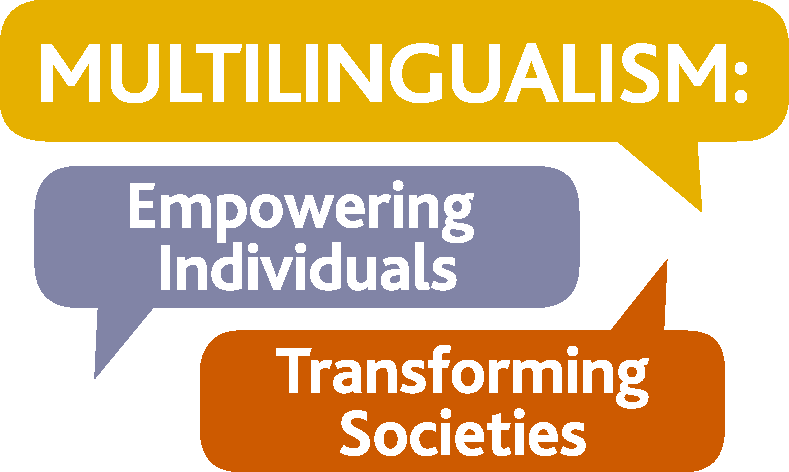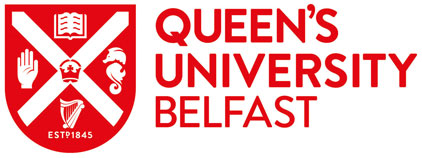Europeans know of some kinds of bilingual education - Welsh English in Wales, English as a foreign language in most of Europe, German as a second language for Syrian refugees, for example. You don’t hear so much in Europe about bilingual education in China, despite the existence of 55 recognized ethnic minorities, each with their own language. But that – or more precisely, one example of it, Mongolian-Chinese education – is the focus of my PhD.
Since 2000, the subject name of Mandarin Chinese in the schools of ethnic minorities has been changed from Hanyuwen (汉语文) ‘Chinese language and literary culture’ to Hanyu (汉语) ‘Chinese language’. The name change indicates an expected pedagogical shift required by the Ministry of Education in the teaching of Mandarin to ethnic minorities, placing the emphasis on the communicative function of language.
With the changes at the policy and pedagogical level, how have ethnic minority teachers and learners of Mandarin reacted? In 2018, I undertook fieldwork in Hohhot, the capital of the Inner Mongolia autonomous region, to explore the answers to these questions. I conducted classroom observations, semi-structured interviews with teachers, and a focus group with Mongolian Masters students who expected to become Mandarin teachers after graduation. Here are some preliminary findings:
Both the Mongolian teachers and master students fear that the pedagogical change to place more weight on the communicative function of Mandarin is the wrong decision. Urban Mongolians grow up in a Mandarin dominant environment, so the language comes easily to them, but their lack of exposure to Chinese literature could increase the gap in cultural capital between them and majority Han Chinese learners. Many Mongolian teachers told me they gave their pupils reading lists of classical Chinese literature, such as the Analects of Confucius, to read and memorize after class to improve their understanding of traditional Chinese culture. The Mongolian Masters students also agreed that increasing the traditional cultural contents of Chinese in textbooks would strengthen their sense of belonging to Chinese society.
As for language proficiency, teachers are less concerned about pupils’ proficiency in Mandarin which they judge is higher than among pupils they taught in the past but worry instead about their decreasing proficiency in Mongolian. Although school policy restricts the use of Mandarin to lessons teaching Chinese and English only, one teacher told me his colleagues who teach Mongolian language in the school sometimes have to use Mandarin to help students understand Mongolian words.
During classroom observation, I saw little evidence that teachers use Mongolian to explain Chinese words. Instead, I noticed some teachers seem to deliberately elicit the use of Mongolian in the Chinese classroom. For example, Ms. G, teaching Chinese to her Year 4 students (aged 10), asked them to translate Chinese words into Mongolian in her class and reminded the students “you must know the corresponding Mongolian meanings of the Chinese words.” This teacher seemed to be keen to reverse the monolingual trend of Chinese in the Mongolian-Chinese bilingual education, encouraging students to use Mongolian even in a Chinese class.
There appears to be a gap between the policy makers and Mongolian teachers and learners in the perception of Chinese language with policy makers underestimating the symbolic capital that the literary aspect of the national language entails. Second, under the hegemony of Mandarin Chinese, making it easier for the minority groups to learn does not necessarily lead to increasing proficiency in the minority language. Protecting ethnic minority languages requires much more effort.
Note: comments are moderated before publication. The views expressed in the comments are those of our users and do not necessarily reflect the views of the MEITS Project or its associated partners.







